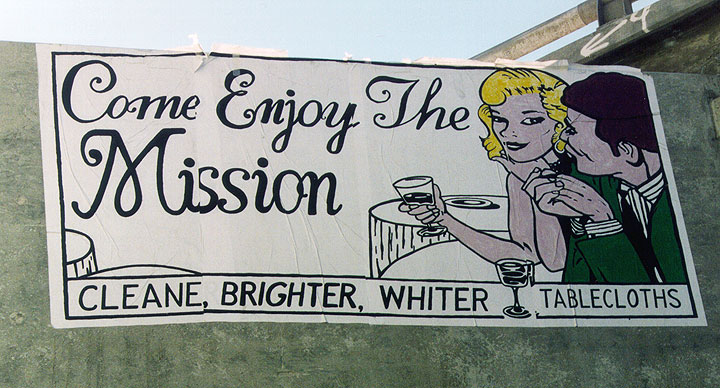
Betty Marín, Heather M. O’Brien, and Christina Sanchez Juarez met through organizing work in Los Angeles. Their conversations began in a group called School of Echoes, which operates as an open listening process of community-based research, popular education, and organizing to generate experiments in political action. In 2015, the group joined with other tenants in struggle to form the Los Angeles Tenants Union / Sindicato de Inquilinos de Los Ángeles. LATU/SILA is a membership-based, tenant-centered movement fighting for the human right to housing for all. The following are lessons that they learned through their organizing and pedagogical work, which they also shared in Hyperallergic this past June.
1. Becoming involved in housing struggles , especially if we are part of a more “desirable” gentrifying class, is crucial. While deciding to commit to that work is not necessarily easy, a first step can be to understand the history and context you are moving into. If we move to a new block it’s essential to go beyond learning about who already lives there. We have to choose to stand with neighbors who have different needs. While we realize that as artists we contribute to the first wave of gentrification, we can choose to support our neighbors by joining them in demanding housing justice, by protesting unfair rent hikes, lacking repairs, or businesses that don’t serve the needs of long-term residents.
2. As artists, we have to educate ourselves, especially considering that we might have racial, educational, or class privilege compared to our neighbors. We become part of the problem, another domino in the gentrification process, if we as renters don’t know our renters’ rights, or don’t take time to learn our rights and the reality of local conflicts. Abusive landlords operate on the notion that tenants do not know their rights. Learning our rights is the first step to building collective power.
3 It is imperative to understand the need to find other ways of dealing with conflict or safety issues besides calling the police, given who the police serve and who the police jail and kill with impunity. We all have a stake in how our neighborhoods are made safe for everyone, and can choose to do this work without criminalizing the poor and people of color. Most galleries represent a white supremacist capitalist system that is protected by the police. For instance, in the community of Boyle Heights, each time those fighting to hold the galleries accountable for their impact on displacement and gentrification in their neighborhood stage a demonstration, the galleries have called the police, and have even accused the protesters of hate crimes. These accusations paint the galleries as victims while disguising the fact that they are protected by the state.
4. As artists who participate in and support exhibitions, we must interrogate the spaces we choose to enter and work with. We must challenge what we do with our resources and privilege, on both a personal and a socio-political level. Consider for instance, if the spaces we support fail to ask questions about their structural impacts in a particular neighborhood — particularly if they are media-driven, contemporary art spaces. Regardless of their intentions (community engagement, bringing cultural programming to “underserved” populations, etc.) many art spaces ultimately serve as investment projects and property value boosterism for landlords, developers, and realtors. Is it worth supporting an art space when we know that it is currently contributing to or will contribute to someone losing their home?
5. We must choose between prioritizing our own individualistic artistic careers or prioritizing the dismantling of oppressive structures. There are no places without contradiction, nor places where we can be absolved of reinforcing oppressive structures. Instead, we must reorient our priorities so that we can be honest about what we are actually working towards. It takes time to learn how to point at a problem, yet too often we feel the work ends there. When it comes to art, there’s a certain cultural capital gained by criticizing capitalism, but it doesn’t necessarily mean that we are putting anything on the line to dismantle it. In far too many instances, the violence of the status quo is actually protected, guarded, and upheld in smug, self-assured condescension by artists with careers to protect when those who seek to rattle the cage more vigorously violate liberal taboos like “tone” and “unity.” If we get involved in anti-oppression struggles, listen, and are aware of privilege and the differing crises that surround us, it’s difficult to see an individual art career as something worthwhile.
6. We must ask about the power of art spaces to decide who is included in the first place. This is a moment of extreme tokenism, one in which exhibition spaces co-opt political movements or artistic identities and pat themselves on the back for their diversification, for their “radical” inclusion. We see this in museums, where curators invite grassroots organizers to do educational outreach work. Doling out temporary visibility does not decentralize the white ruling class that presides over the art world, in the form of, let’s say, Wall Street bankers sitting on the board of a contemporary art museum. What is an art institution’s intent when they only temporarily feature a social movement in their space?

